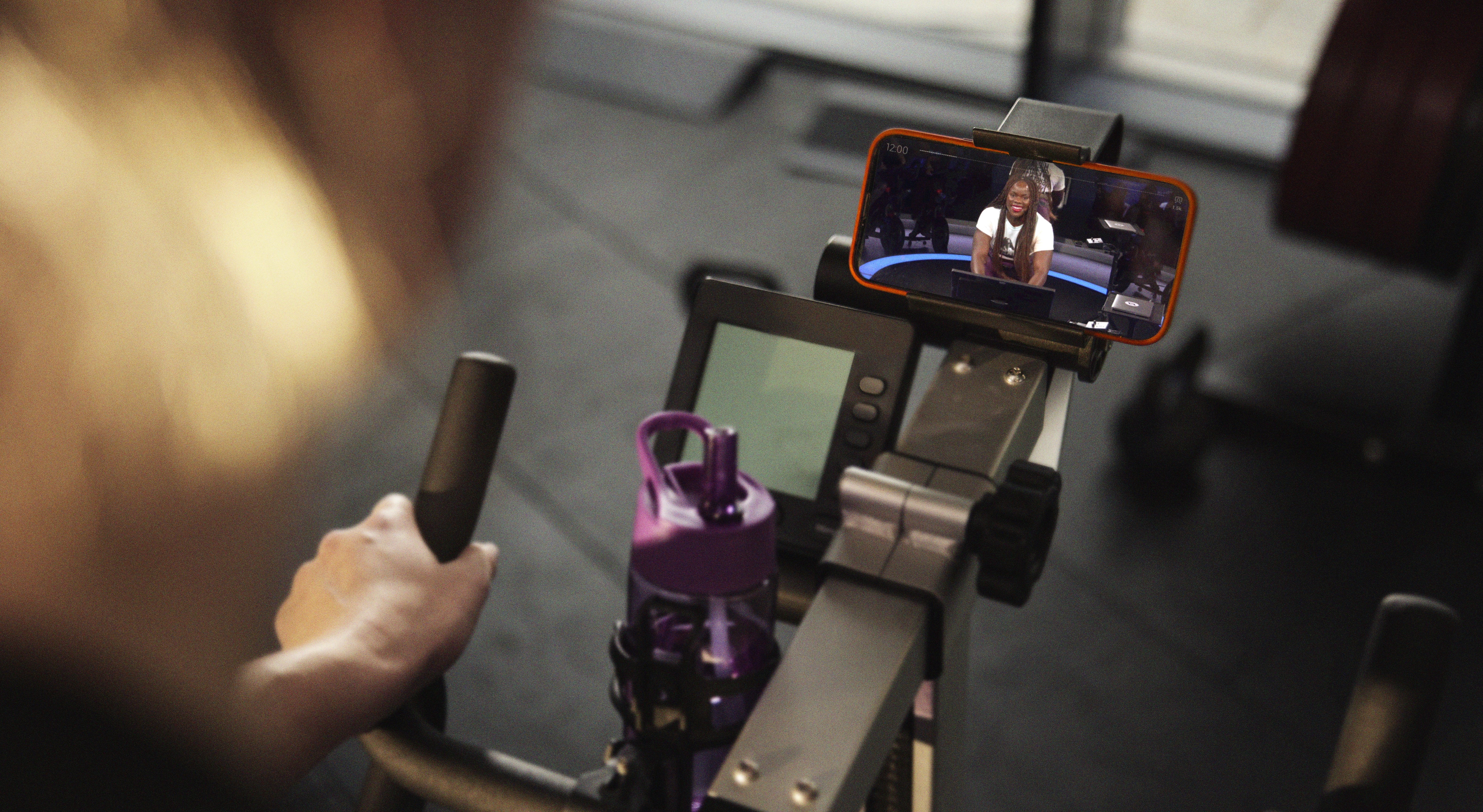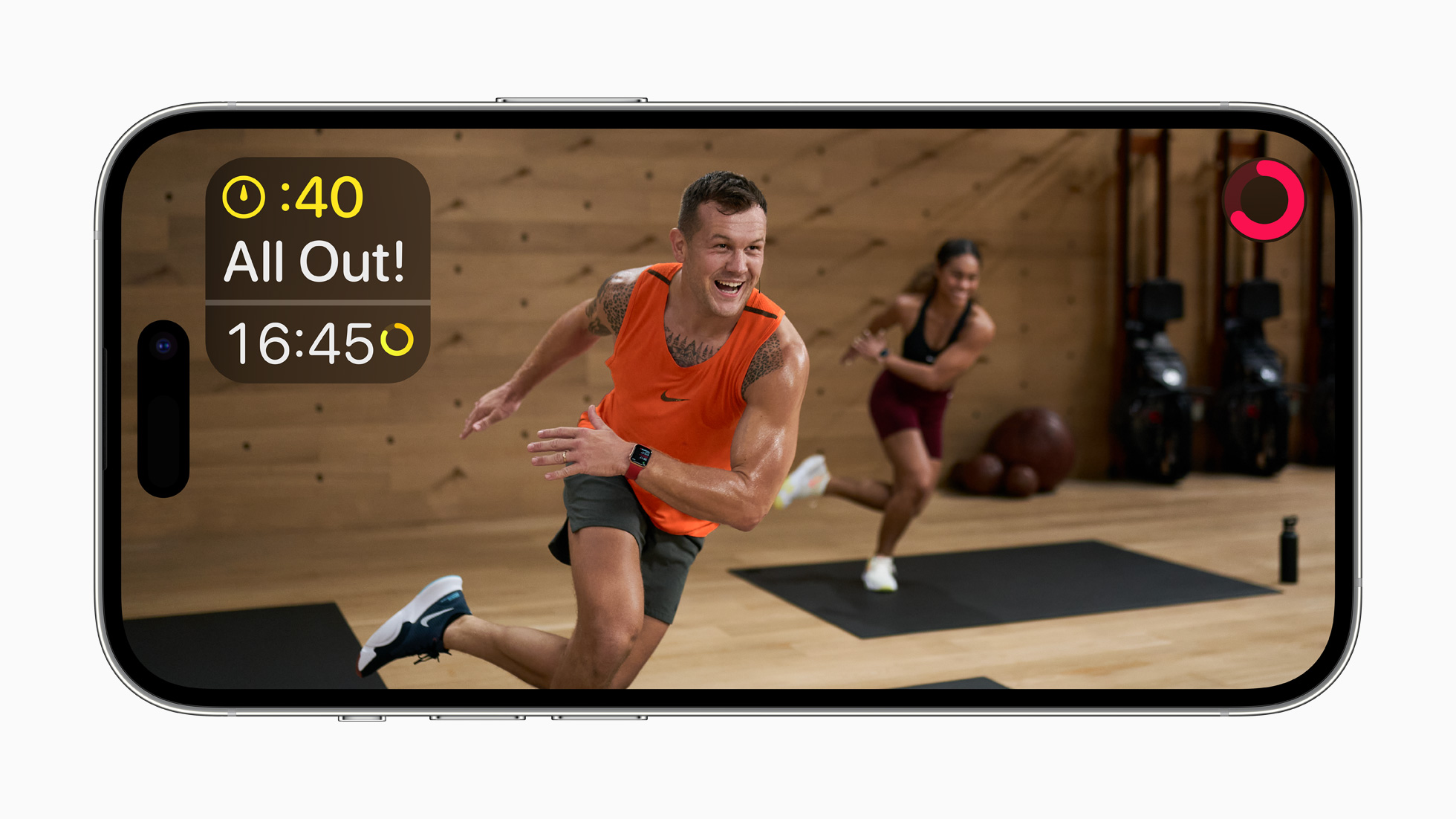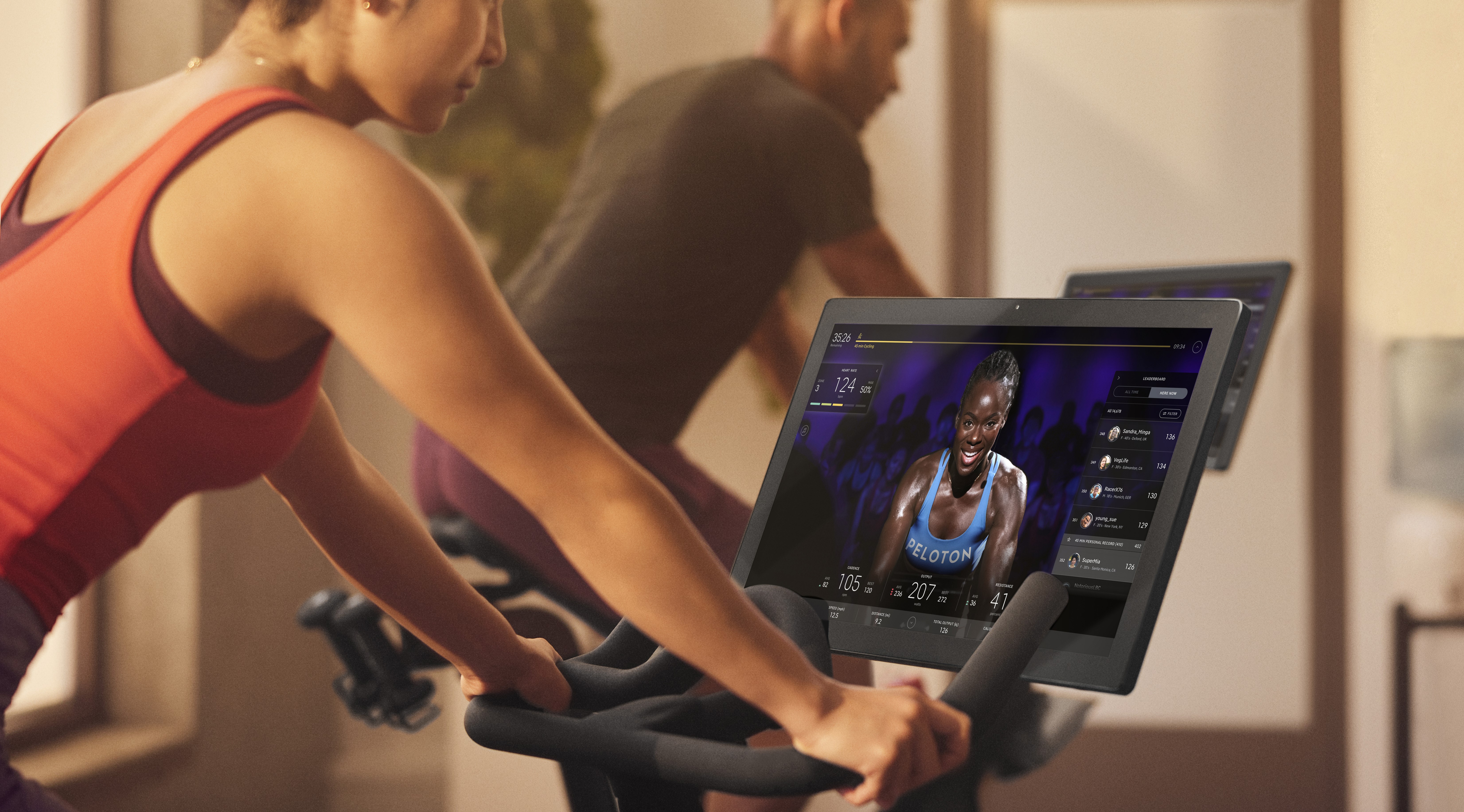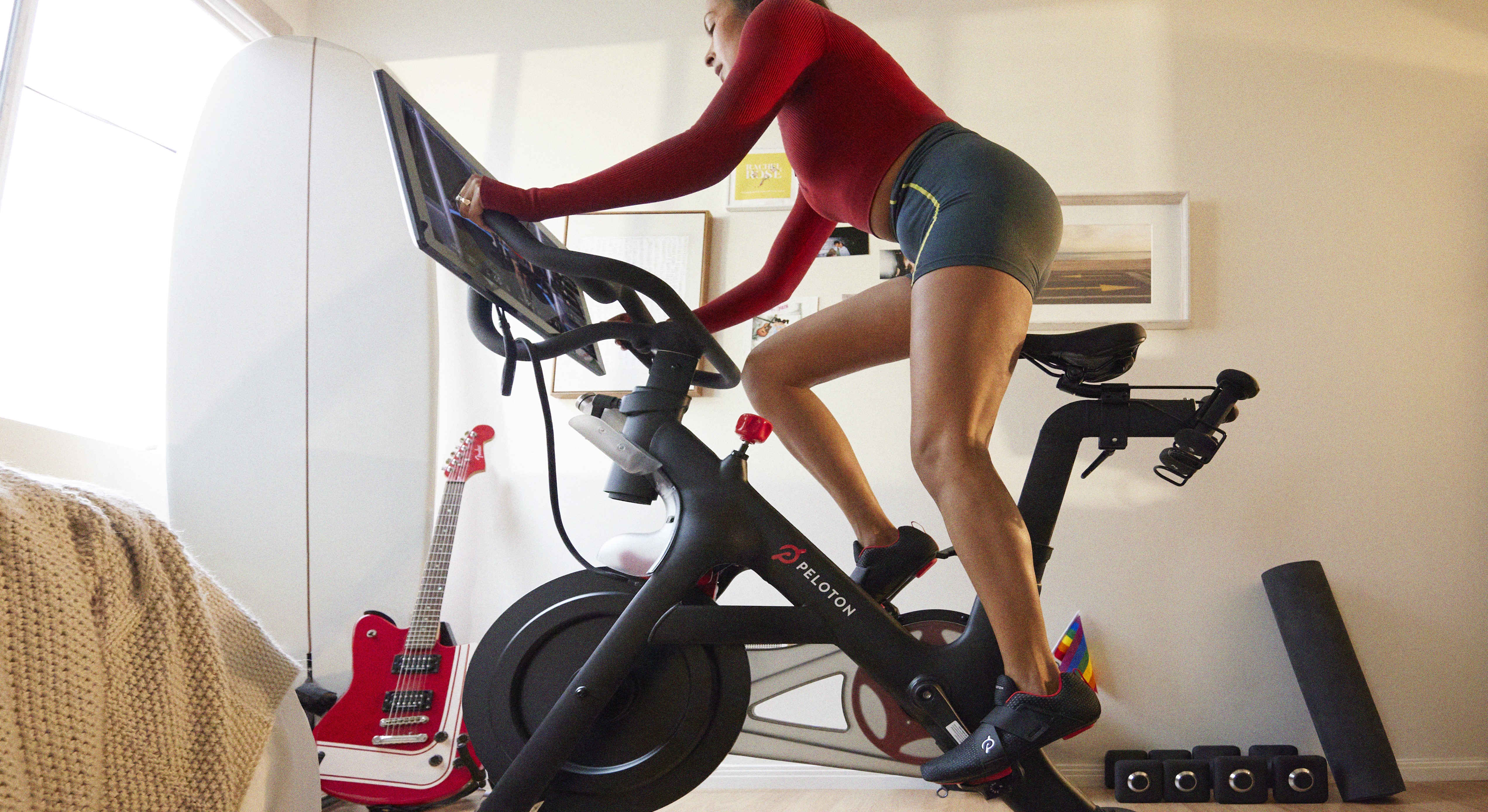Apple Fitness Plus vs. Peloton: Which subscription is right for you?
Which fitness service is worth your hard-earned cash?

Apple Fitness Plus is an excellent workout service, with a library of 4K workouts, licensed artist music, helpful instructions from excellent trainers, and a real-time interface with metrics thanks to your Apple Watch. However, how does it compare with the biggest name in at-home fitness?
During the pandemic, Peloton soared to prominence as the premier at-home fitness service, but it faces stiff competition from Apple. Which is better value for money? Which service offers the best workouts? Who has more artist’s music in their pocket? Read on to find out which at-home fitness service is worth your time and cash.
Price

Let’s start by looking at Peloton. It comes in three tiers: a free tier for just watching recorded workouts without interfacing with equipment, a $12.99 monthly / $129 annually tier for App One (three connected equipment classes per month, and you miss out on a few metrics like cadence tracking), and finally $24.99 monthly / $249 annually for App Plus. If you want to use a connected kit, which is Peloton’s main draw, you’ll want App Plus.
Then there’s the cost of the kit itself. Although you can now use third-party treadmills and rowing machines with Peloton, provided you can connect the machine to the Bluetooth on your phone, you get more metrics with dedicated Peloton equipment and they come ready-made for the live classes with displays and interfaces that transmit data to and from the Peloton ecosystem. For example, when using Peloton equipment, your place on the leaderboard gets shown to everyone in the class.
Equipment starts at $1,445 for the Peloton Bike, $2,995 for Tread, $2,995 for Row, and $249 for the strength-based Peloton Guide.
Let’s contrast this with Apple Fitness Plus: although there’s no free tier, Apple Fitness Plus costs $9.99 per month or $79.99 annually. Then there’s the cost of the best Apple Watch and whichever device you’re using to view the content, whether that’s an Apple TV or Apple One subscription, iPad or iPhone. However, we’re assuming you’ll have some of these devices already, and not buying them specifically for Fitness Plus.
Unlike Peloton, you can use any rowing machine, treadmill, or exercise bike for equipment-based workouts, which lowers the barrier to entry significantly. As it doesn’t rely on broadcasting your metrics, other than the data from your Apple Watch, you can even use your local gym if you don’t want to purchase equipment. Besides, you no longer need one of the best Apple Watchs to use Apple Fitness Plus on your phone, which again lowers the barrier to entry even further.
Winner: Apple Fitness Plus
Workout options

Both apps have similar lists of guided workouts. Apple Fitness Plus has guided sessions, filmed in 4K, covering the following: strength, HIIT, yoga, cycling, core, meditation, kickboxing, pilates, dance, treadmill run, walking, rowing, and mindful cooldowns. The cycling, rowing, and treadmill workouts require equipment to follow along, and there are also Time to Walk and Time to Run audio-only options for outdoor workouts. If you're interested in doing treadmill exercises, for example, here are the best treadmills for Apple Fitness Plus.
Peloton covers strength, yoga, cardio, meditation, stretching, cycling, running, walking, outdoor (also focusing on walking or running, like Apple’s Time To workouts) pilates, and boxing. A slightly smaller list than Fitness Plus, but Peloton has been going for a lot longer, has been archiving its live workouts, and thus has a bigger library when it comes to the amount of videos you’re able to access. While not filmed in 4K, it is all filmed in Peloton’s studios in New York and London, and it’s all very slickly produced.
Winner: Tie
Workout content

Both Peloton and Apple Fitness Plus offer similar styles of workout, starting from short five and 10-minute sessions which can be used as warm-ups. Apple Fitness Plus offers workouts that last up to 45 minutes, while some Peloton rides can go as long as 90 minutes. They all operate in a similar way, using HIIT principles, encouragement from the trainer, and guided instructions to work out intensely for short bursts, following periods of active recovery. Searching either database by workout genre, time, and even instructor allows you to stack VOD workouts and create your own routines.
A great part about Fitness Plus, which is missing in Peloton workouts, is that every workout comes with modifications to make it easier or harder, which is why three trainers are always onscreen at any given time.
However, Peloton also offers its big hook here: live classes, connecting people all over the world whether they’re in-studio or at home. You get shoutouts from your favorite instructors, motivation to climb the class leaderboards, and rewards for milestone rides. It’s incredibly addictive, with the real-time leaderboard and shoutouts engineered to keep you coming back for more, gamifying the fitness experience in a way Fitness Plus can’t quite manage, despite its connection to the Apple Watch. It’s the best way to recreate that spin-class feeling at home.
Winner: Peloton
Music options

Both Apple and Peloton offer extensive playlists of officially licensed artists. Peloton offers an extensive list of dedicated workouts (mostly spin) set to the music of loads of huge artists from Iron Maiden to Imagine Dragons. The list is frankly mind-bogglingly big: third-party fan site Pelobuddy has compiled an extensive list of the options available.
Apple has also compiled an impressive array of collaborations with big names such as Rihanna, Beyonce, Madonna, and Miley Cyrus. However, the list isn’t quite as extensive as Peloton’s, hitting those poppy lowest-common denominators. If your playlist is of paramount importance to your workout and you like exercising to something a bit more niche, such as EDM or heavy metal, you might find that Peloton has more to offer in terms of variety.
Winner: Peloton
Conclusion
Although Peloton has won two out of four categories listed above to Apple’s one, it’s not as clear cut as it may seem. Peloton’s live class experience and vast library of content are hard to beat, but the price of admission is very steep, especially if you’re planning on investing in Peloton equipment.
In comparison, Fitness Plus is far more financially approachable and flexible: you can use any equipment you have around or in your gym, although it loses that live element. Overall, Fitness Plus is the better value out of the two for most users, but if you’re willing to make the investment into the Peloton ecosystem, there’s great stuff to be found there.
Master your iPhone in minutes
iMore offers spot-on advice and guidance from our team of experts, with decades of Apple device experience to lean on. Learn more with iMore!
Matt is a freelancer for iMore and TechRadar's expert on all things fitness, wellness and wearable tech. A former staffer at Men's Health, he holds a Master's Degree in journalism from Cardiff and has written for brands like Runner's World, Women's Health, Men's Fitness, LiveScience and Fit&Well on everything fitness tech, exercise, nutrition and mental wellbeing.
Matt's a keen runner, ex-kickboxer, not averse to the odd yoga flow, and insists everyone should stretch every morning. When he’s not training or writing about health and fitness, he can be found reading doorstop-thick fantasy books with lots of fictional maps in them.
